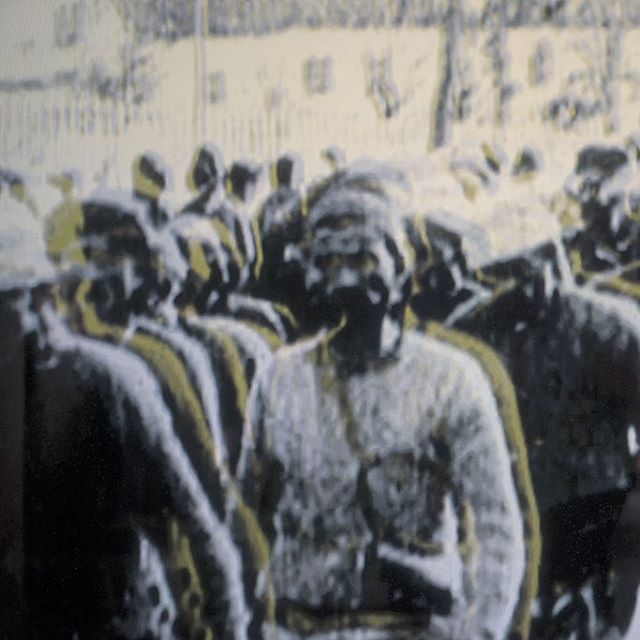The Esplanade des Invalides in Paris is scruffy and untended. Rutted paths lead under the lindens to the British Council, the Ministry of Foreign Affairs, to Napoleon’s tomb. Underneath it is a parking lot; at intervals throughout the territory narrow concrete stairs lead down to it, looking a great deal like the entrance to a bunker. As I was passing, every person emerging from those depths blinked and stumbled, disoriented by the light and by the similarity of the terrain in every direction.
I was on my way to the Musée de l’Armée, intending to visit the dioramas of French star forts on the fourth floor. They are incredibly detailed miniatures of an ultimately misguided concept. The thick walls of those forts could not protect against increasingly powerful artillery.
This 19th century defensive tactic continued to the point of absurdity: ever expanding layers of perimeter walls defending entire nations with concrete and stone. The nation became the nation state, with fixed borders delineated on maps. The Maginot line might be the clearest manifestation of the flawed idea of sovereignty secured through walls.
In the event, I spent most of my day watching old newsreels of the European wars. From the assassination of Archduke Ferdinand and the capture of Gavrilo Princip, to the Somme and Verdun, on to the German bombardment of London, to Stalingrad, Guadalcanal, El Alamein, to D-Day, the liberation of Provence, and the capture of Berlin. The footage looped fragments of events to make these battles into compressed narratives. I sat and watched them dozens of times, eventually no longer seeing the stories, but only the visual artifacts and distortions of time, the scratches and streaks and shadows.
/// #image_by_image is an ongoing conversation between photographers Ivan Sigal and Anton Kusters. @ivansigal @antonkusters on Instagram ///
